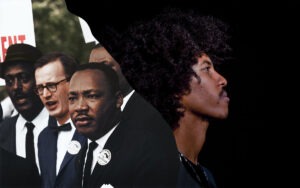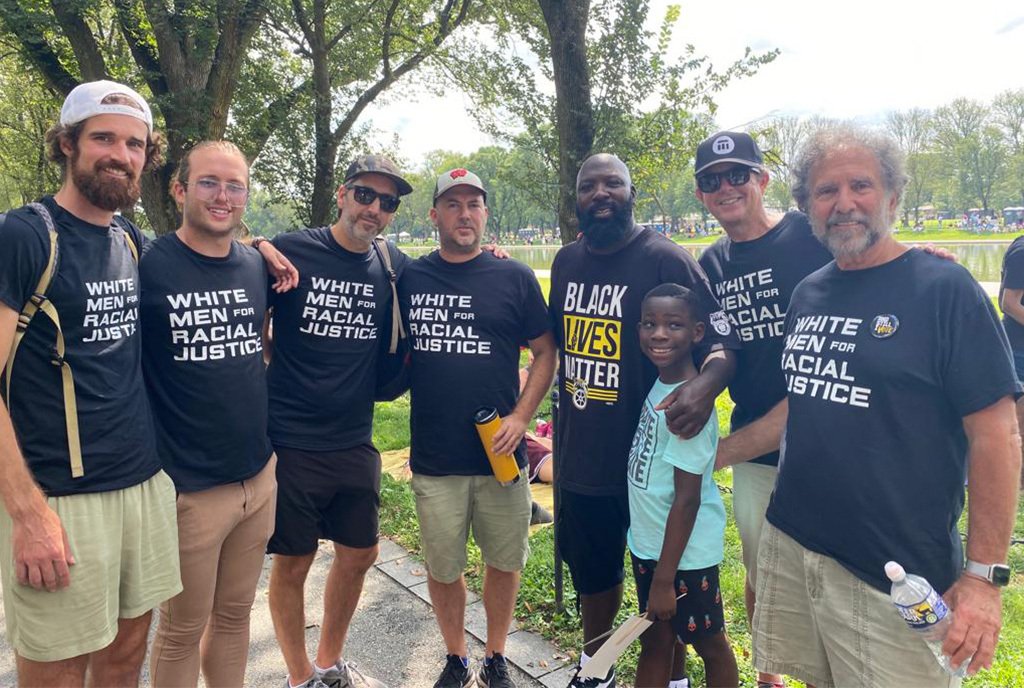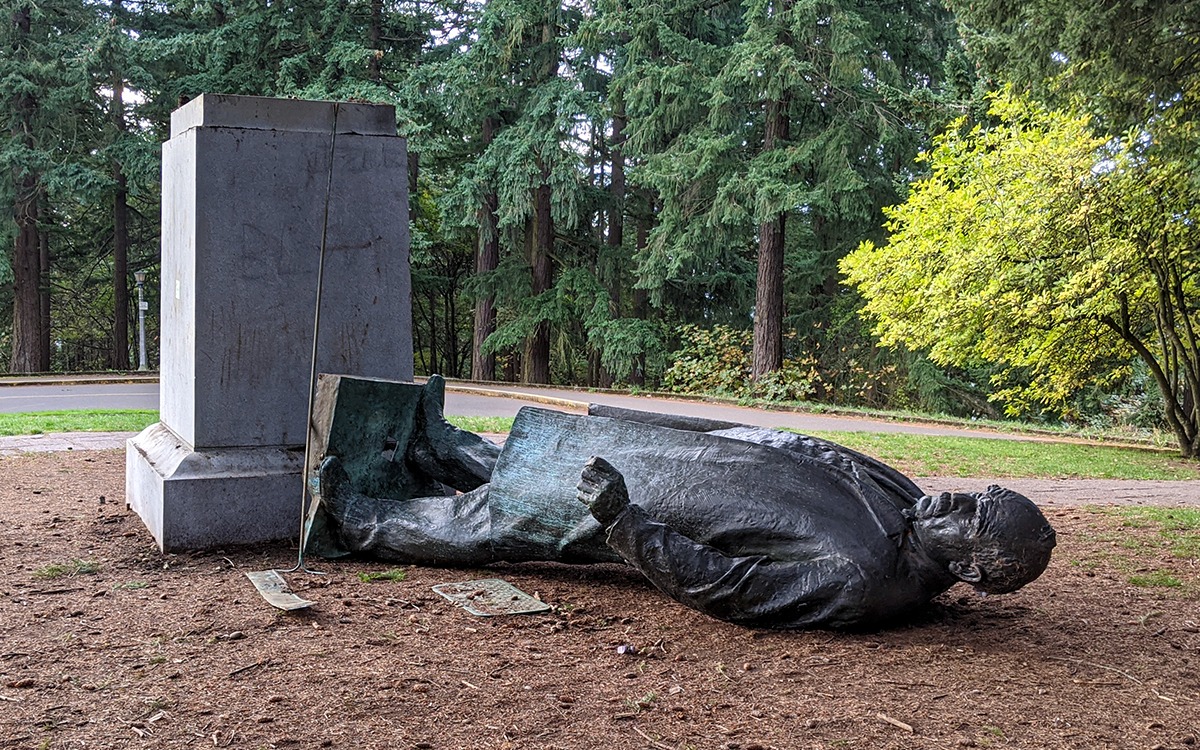
November 28, 2018; NPR
After a few decades in the nonprofit sector with various organizations that went through racial justice change processes and many friends and colleagues similarly positioned, I’ve noticed that there are recognizable patterns to it. One encountered early on in the process is what some have come to call “white tears,” a satirical phrase specifically signifying the crying of white people upon having their privilege pointed out, and, generally, white people getting upset at things they perceive as threatening to their privilege.
NPR’s Leah Donella recalls hearing the term for the first time in a class at Pomona College with professor Valorie Thomas. She says,
In her classes, Thomas sees a familiar scenario: She will introduce a topic related to racism—maybe income inequality, or the disproportionate way that black children are punished in schools. Then students learning about these issues for the first time take it personally. They respond defensively, with a range of emotions: powerlessness, confusion, guilt.
She says it’s normal for students to feel those things. The problem comes when those emotions prevent the lesson from moving forward.
Referring to Damon Young, editor-in-chief of the blog Very Smart Brothas, a columnist at GQ, and the author of the upcoming book, What Doesn’t Kill You Makes You Blacker, Donella notes, “Young says that when white people use their emotions as a weapon against people of color, it’s a form of white supremacy.”
Thomas invites white people to sit with their discomfort and get perspective, as “the discomfort of the conversation is not equivalent to the kinds of violence that are going on in the world.”
Donella explains, “White tears can be a pointed but lighthearted way of asking someone to set aside their defensiveness for a moment and take part in the conversation at hand.”
Key to this experience is the notion that any progress by black and brown people comes at the expense of white people. This itself is based on the assumption that the resources de facto belong to white people. In the nonprofit sector, this shows up in different ways, including the idea that founders “own” the nonprofit they created with public dollars. Thomas says that while the term “white tears” is a stinging critique, it is also “an invitation to see other people’s humanity.”
Sign up for our free newsletters
Subscribe to NPQ's newsletters to have our top stories delivered directly to your inbox.
By signing up, you agree to our privacy policy and terms of use, and to receive messages from NPQ and our partners.
But let’s dig a little deeper.
In the field of play, Thomas S. Henrick’s Play as a Pathway of Behavior is a classic. In it, he talks about interactions as a process of self-location, how one orients vis-à-vis others, and offers four key patterns: privilege, subordination, marginality, and engagement.

It is helpful to understand these core power dynamics when navigating through the world, especially in social change work. With a level of clarity about what it means to be privileged—the possession of special rights, that is, the taking of more than one’s share—let’s return to the concept of “white tears.” The Root’s Damon Young writes, in an article headlined “The Term ‘White Tears’ Is Funny, but What It Often Leads to Isn’t,”
But while this term is often used in the context of racially tinged humor, white tears—this obliviousness, defensiveness, hypersensitivity, narcissism, fabricated persecution and abject wrongness—are often the impetus behind more serious acts of racially antagonistic behavior.
Young notes, “In fact, if you look at America in a historical context, and trace even the most vicious and pervasive acts of racial antagonism to their foundations, their geneses, you’ll find that the same mindset behind the creation and shedding of white tears is behind many of them, too.” He gives as a vivid example the Ku Klux Klan, which arose in response to the economic and political advances of black people. But, while this is an example of the “white tears” effect taken to its extreme, Robin DiAngelo, sociologist and author of White Fragility, writes, “I believe that white progressives cause the most daily damage to people of color…To the degree that white progressives think we have arrived, we will put our energy into making sure that others see us as having arrived.”
The New Yorker’s Katy Waldman, writing about DiAngelo’s book, sums it up, “Not only do these people fail to see their complicity, but they take a self-serving approach to ongoing anti-racism efforts.” In fact, Waldman wryly notes, “DiAngelo sets aside a whole chapter for the self-indulgent tears of white women, so distraught at the country’s legacy of racist terrorism that they force people of color to drink from the firehouse of their feelings about it.”
“White tears” is a potent and critical tool in the fight against mutual engagement. DiAngelo concludes that they work “to reinstate white equilibrium as they repel the challenge, return our racial comfort, and maintain dominance within the racial hierarchy.” And you know why it works so well? Because “the social costs for a black person in awakening the sleeping dragon of white fragility often prove so high that many black people don’t risk pointing out discrimination when they see it.” (Yup—it’s exhausting.)
So, what to do? In her helpful article, “4 Ways White People Can Process Their Emotions Without Bringing the White Tears,” Jennifer Loubriel offers a few steps forward.
- “Pause Before Contributing to the Conversation.”—Why? Because, white supremacy being what it is, the conditioned reaction of white people is to try to educate others, especially people of color. This isn’t a good look when it comes to addressing racism. Loubriel observes, “It also comes off as a weird sort of competition—where you’re trying to prove how much you know about racism, often to the point of speaking over the People of Color in the room.”
- “Check the Other White People in the Room.”—How many times do we see this not happen? There’s always a good reason; namely, not wanting to jeopardize your position. But, Loubriel points out, “the thing is, as a white person, you have to constantly educate other white people. If you are truly committed to anti-racism work, it has to be part of your everyday life.”
- “Excuse Yourself If You’re Having Strong Emotions.”—Don’t offload this on other people, especially people of color. Again, Loubriel, “If you find yourself having a strong emotional reaction during conversations about racism and there are folks in the room who experience the violence firsthand, excuse yourself from the situation.”
- “Have a Support System of Other White People.”—Moving away from white supremacy is hard, and sometimes violent, work. White people need support because their feelings are real and valid, in the appropriate context.
At NPQ, we hope that by highlighting these very effective patterns, we can, as a field, start to move beyond them. It’s not like we’re not experiencing this ourselves.—Cyndi Suarez













